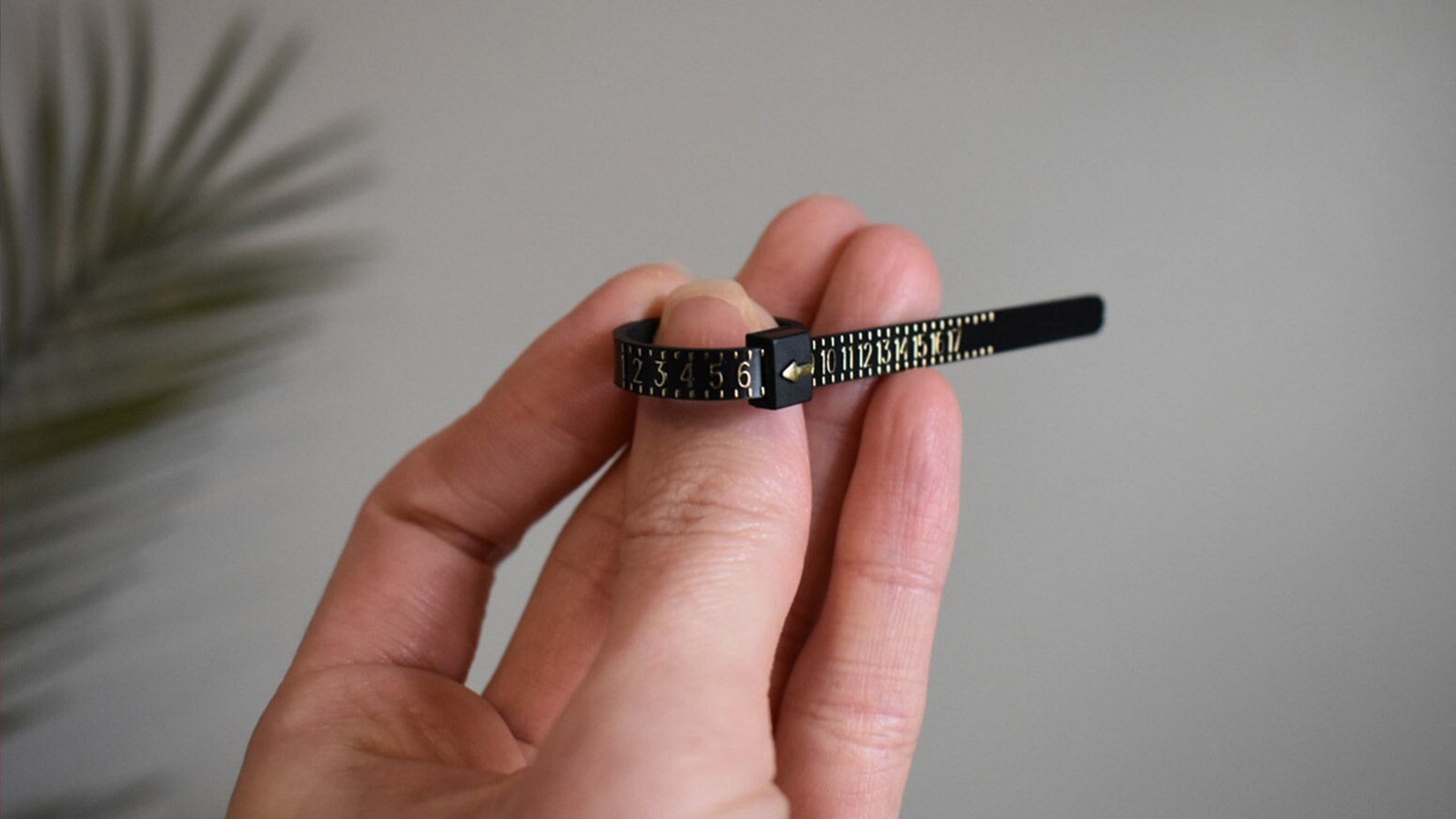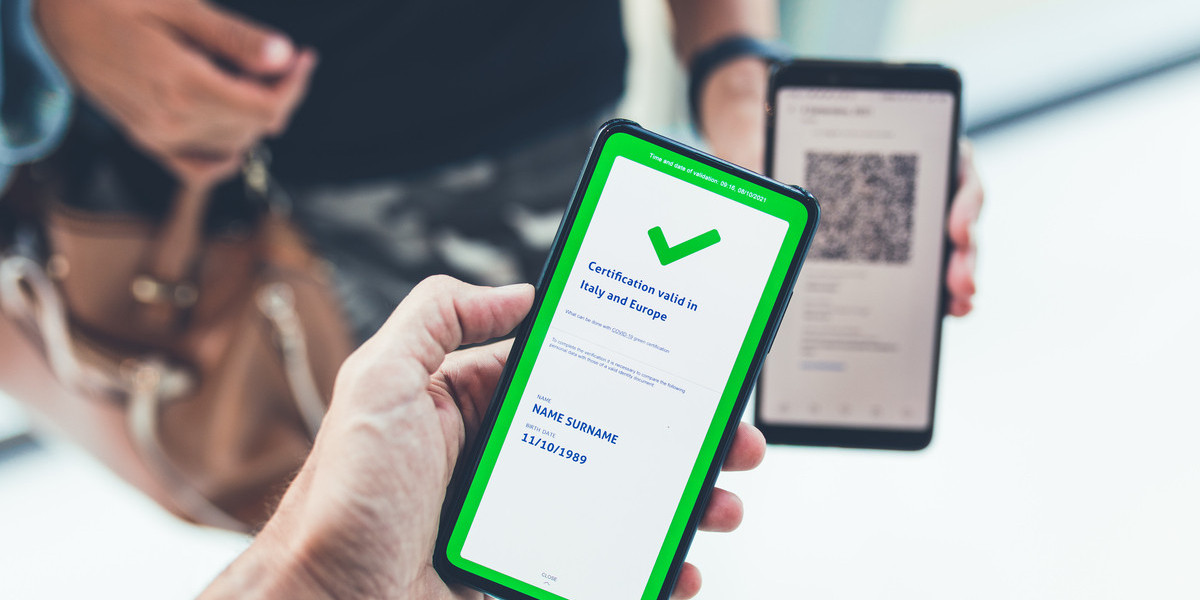Unlock the Secret to Perfectly Sizing Your Dream Ring!
Choosing the perfect ring, whether for an engagement or a gift, is a significant moment, and one of the most crucial steps in this process is knowing the correct ring size. A properly sized ring not only feels comfortable but also enhances the beauty of the piece. However, measuring ring size at home can often be a daunting task. Many people have faced the frustration of ordering a ring only to find it doesn't fit as expected, leading to delays and additional costs for resizing. With a little guidance and some common household items, you can easily measure your ring size accurately and confidently.

Understanding Ring Sizes
Ring sizes are numerical representations of the circumference of a ring, and they vary by region. In the United States, ring sizes are typically measured on a scale from 3 to 13, with half and quarter sizes available for more precise fitting. In the UK, the sizing system employs letters, while Europe uses a numerical system based on the diameter of the ring in millimeters. Understanding these different sizing systems is essential, especially if you're ordering a ring online from a different country. Knowing the correct size ensures that your ring will fit perfectly, allowing you to focus on what truly matters: the sentiment behind the gift.
Tools You Need to Measure Ring Size at Home
Measuring your ring size at home doesn't require fancy tools; in fact, you can use simple household items. A piece of string or dental floss, a ruler, and a pen are all you need. To begin, cut a length of string about 6 inches long. Wrap it around the base of the finger you want to measure, ensuring it’s snug but not too tight. Mark the point where the string overlaps with the pen. Once marked, measure the length of the string with the ruler to determine the circumference of your finger. Alternatively, you can use a ring you already own; simply measure its inner diameter using the ruler. Remember to use the same unit of measurement throughout to avoid discrepancies.
Step-by-Step Guide to Measuring Ring Size
1. **Gather Your Tools**: You'll need a piece of string or dental floss, a ruler, and a pen.
2. **Wrap the String**: Take the string and wrap it around the base of the finger you want to measure. Make sure it’s snug but not constricting.
3. **Mark the String**: Use the pen to mark where the string overlaps. It’s important to ensure the string is straight and flat against your skin.
4. **Measure the Length**: Unwrap the string and lay it flat against the ruler to measure the length from the end to the mark you made. This measurement is the circumference of your finger.
5. **Determine the Size**: Use a ring size chart to convert the circumference measurement to a ring size. If you are using a ring, measure the inner diameter and refer to the same chart.
For accuracy, it's best to measure at the end of the day when your fingers are at their largest. Also, keep in mind that factors like temperature can affect the size of your fingers, so avoid measuring when your hands are cold or swollen.
Common Mistakes to Avoid
One common mistake when measuring ring size at home is measuring when the fingers are cold or swollen, which can lead to an inaccurate size. It's also easy to misjudge how snug the string should be; if it's too loose, you’ll end up with a ring that falls off, while if it’s too tight, it may be uncomfortable. Another mistake is not double-checking your measurement. Always measure twice to ensure accuracy, and consider that fingers can change size due to factors like temperature, hydration, and time of day.
Final Tips for Choosing the Right Ring
When choosing the right ring, remember that comfort is key. A wider band may require a larger size than a narrow band, as it can feel tighter on the finger. Additionally, consider seasonal changes when measuring; fingers often swell in warmer weather. If you’re unsure, it’s better to err on the larger side, as resizing a ring down is typically easier than sizing it up. Finally, don't rush the process—take your time to ensure that you get it right, especially if it’s a special piece.
Ensuring Accurate Ring Measurement at Home
Measuring your ring size at home can be a straightforward task if approached with care and attention to detail. By understanding how ring sizes work, utilizing common household tools, and following a step-by-step guide, you can confidently determine your size. Remember to avoid common mistakes and take into account factors such as comfort and finger fluctuations. With patience and precision, you’ll be well on your way to finding that perfect ring that fits beautifully and symbolizes your special moments. So, take your time, measure carefully, and enjoy the journey towards your dream ring!






